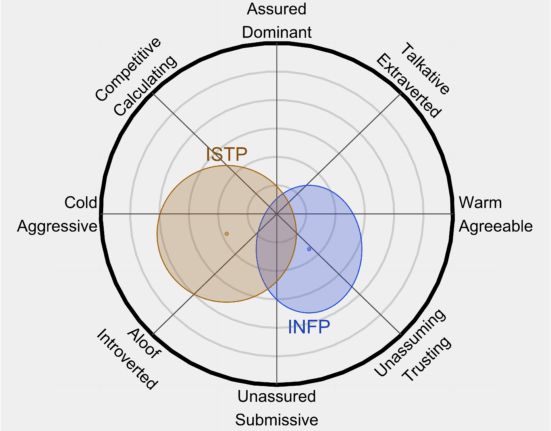Microtubules, although small and often overlooked, play a vital role within our cells. These tiny structures provide essential structural support and dynamic forces necessary for processes like cell division. Imagine them as the invisible architects of our cellular world, ensuring everything runs smoothly.
In the intricate dance of cell life, microtubules constantly assemble and disassemble by adding or removing tubulin building blocks at their ends. This process is crucial for maintaining cell structure and facilitating movements that are fundamental to life itself. However, the exact mechanisms governing whether a microtubule grows or shrinks have long puzzled scientists due to the complexity and minuscule scale of these structures.
Recently, a groundbreaking discovery has shed light on this mystery. A collaborative team of researchers has unveiled a significant piece of the puzzle surrounding microtubule growth. By combining cutting-edge computer simulations with innovative imaging techniques, they have revealed a key factor determining whether a microtubule elongates or shortens: the ability of tubulin proteins at its ends to connect sideways.
Dr Vladimir Volkov
, one of the co-lead authors from Queen Mary University of London, emphasizes the importance of their findings: “Understanding how microtubules grow and shorten is crucial as it underpins essential cellular functions such as division and motility in all living organisms.” He further explains, “Our discoveries will have profound implications for future biomedical research, especially in areas related to cell growth regulation and diseases like cancer.”
The collaborative nature of this research project highlights the power of interdisciplinary approaches in scientific exploration.
Dr Maxim Igaev
, another co-lead author from the University of Dundee, underscores how bridging physics with biology allowed them to tackle this complex biological question from a fresh perspective. He notes that this synergy not only enriches both fields but also opens doors for insights that neither discipline could achieve alone.
“This study exemplifies how interdisciplinary research can unlock hidden secrets within biological systems,” Dr Igaev continues. “By delving into fundamental physical principles alongside intricate biological processes, we pave the way for groundbreaking discoveries that transcend traditional boundaries.”
Beyond advancing our knowledge of basic cellular functions, this research holds promise for future biomedical investigations. It may lead to novel approaches in studying cell proliferation mechanisms and developing innovative treatments for diseases such as cancer.
As we delve deeper into the microscopic world within our cells, each discovery brings us closer to unraveling the mysteries that shape life itself. The collaboration between physics and biology not only enhances our comprehension of cellular structures like microtubules but also sparks innovation at the intersection where science meets human health.
Unlocking the secrets behind microtubule growth is not just about understanding cellular scaffolding; it’s about uncovering new possibilities that could revolutionize how we approach disease treatment and human well-being.









Leave feedback about this